We have installed four flower beds. All contain native plants to attract Monarch Butterflies. There is stone path that runs through the garden.
Fairview’s Living Classroom
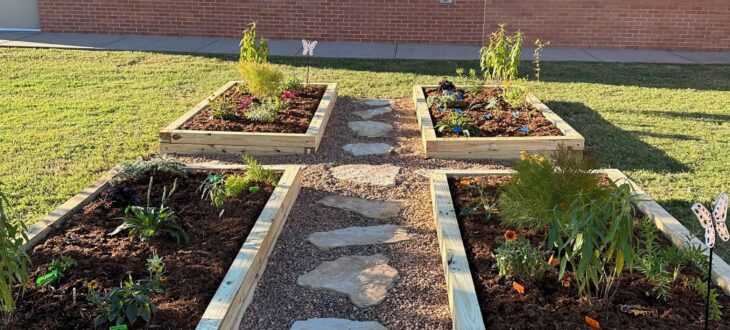
Planting the path for pollinators!

We have installed four flower beds. All contain native plants to attract Monarch Butterflies. There is stone path that runs through the garden.
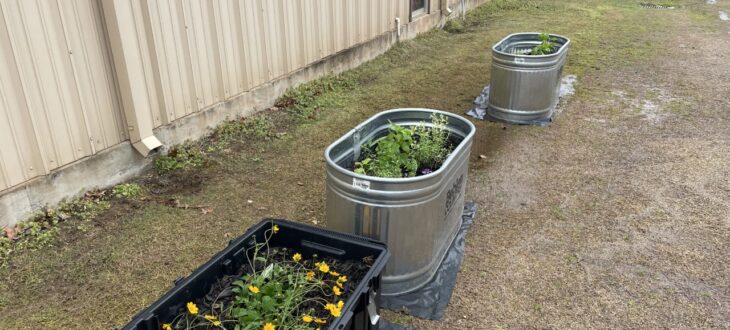
The Oklahoma Alliance for Geographic Education (OKAGE) located at the University of Oklahoma in Norman partnered with Asher Public School to create a dark sky – friendly pollinator garden. During the Spring 2023 semester, Asher Public School’s fourth grade students have learned about the impacts of light pollution on pollinators and bird and monarch butterfly migration through Oklahoma. This garden was sited not only where the plants will receive adequate sunlight during the day, but equally importantly, enough darkness at night.
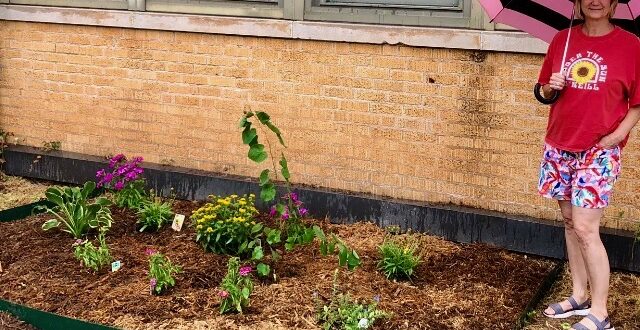
We have a native oklahoma redbud tree surrounded by native butterfly plants, such as
Black eyed Susan,coneflowers,coreopsis, and host plants.
With our science curriculum we plan to plant seeds in the classroom and then add to our garden to host butterflies during their life cycle.
We plan to paint rocks to make a rainbow as an art project and provide water for the butterflies and moths.
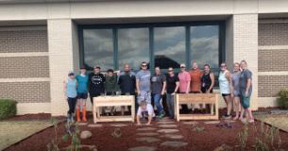
The goals for this project were to increase awareness of extinction probabilities, help support the monarch butterfly population, and provide experiential learning opportunities in all curricular areas with an outdoor classroom. We achieved this by creating a place where our students can come to watch, learn, and discover the beauty found in nature. These experiences have instilled in them an environmental awareness and empower them to be environmentally conscious. During library lessons, Mrs. Mosier introduced the garden to the students and throughout the year continued with a variety of lessons in different subject areas that supported the students’ growth and understanding of Monarch habitats. Examples of these lessons are drawing diagrams of the garden with upper grades, life cycle of the monarch butterfly with the lower grades, releasing monarchs in the garden, Monarch butterfly tissue art, etc. Students have learned to maintain the sustainability of the garden; they have developed a sense of ownership and became empowered to be active members of their environment.

Pollinator Garden & Butterfly Mural: We received a grant through the OKC Living Classroom Project. We were able to build out an existing area and create a pollinator garden and mural (Ebony Iman Dallas -Artist). Our school is located in a migration path!
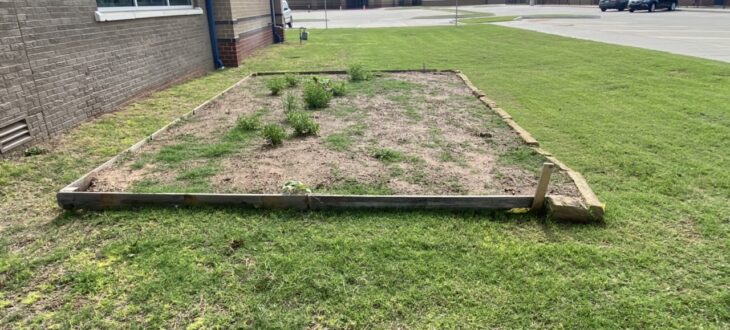
We planted seeds in an area on our campus. We have been watching the process and studying the butterfly lifecycle in our stem classes. Kindergarten through fifth grade receive this curriculum!
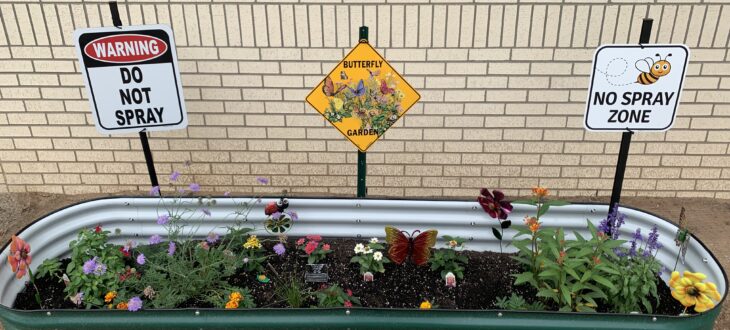
100 Schools Project: I have created this pollinator garden at our Elementary School in Davis, OK as a project for our school library. Students will learn the types of pollinators, habitats which attract and protect our pollinators and the multiple benefits of pollinators in nature. While some plants were purchased already established, students have helped plant seeds into the garden which will continue to complement and help our garden to flourish. This garden will be used hand in hand with both nonfiction and fiction books in our school library.
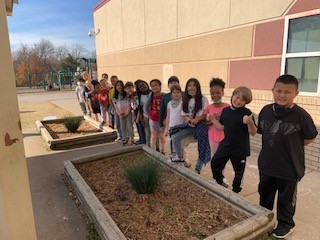
100 SCHOOLS
Our class hatched a Monarch Butterfly in early Fall. It was such an amazing experience for us all. This experiment launched a big interest in Monarchs and learning as much as we could about them. We heard of this project and all agreed that we’d like to make our two flower beds Monach habitats. We had already been maintaining the flower beds, and couldn’t have been more excited for this opportunity!
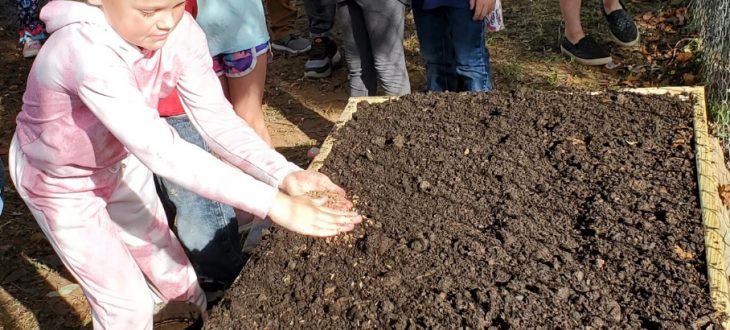
Mrs Howard and Ms Bonnie are the kindergarten teachers at Friend. I (a parent of one of the students and also a contractor) signed us up to construct a monarch garden right outside the classroom door. Today we finished Construction, all of the students were able to participate by scooping dirt into the bed and then spreading the seeds for planting. We had perfect weather and we all thoroughly enjoyed the project. Mrs Howard is using the project as an opportunity to teach the children about butterflies (and monarchs specifically.) We all had a blast!
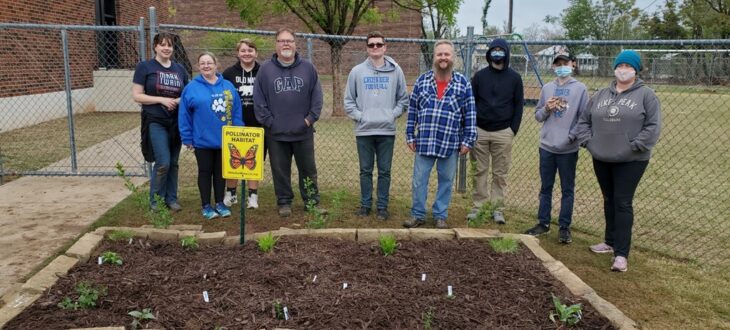
At Mark Twain Elementary, we have 2 raised beds each measuring 5’x10′ ft. amounting to 100 sq ft. total. We have 40 plants (milkweed, Echinacea, verbena, salvia, native grasses, etc.) purchased from Prairie Winds Nursery and Sanctuary Gardens and Wellness. The zoo provided a grant for initial materials. The garden is easily viewed from both the street and playground.